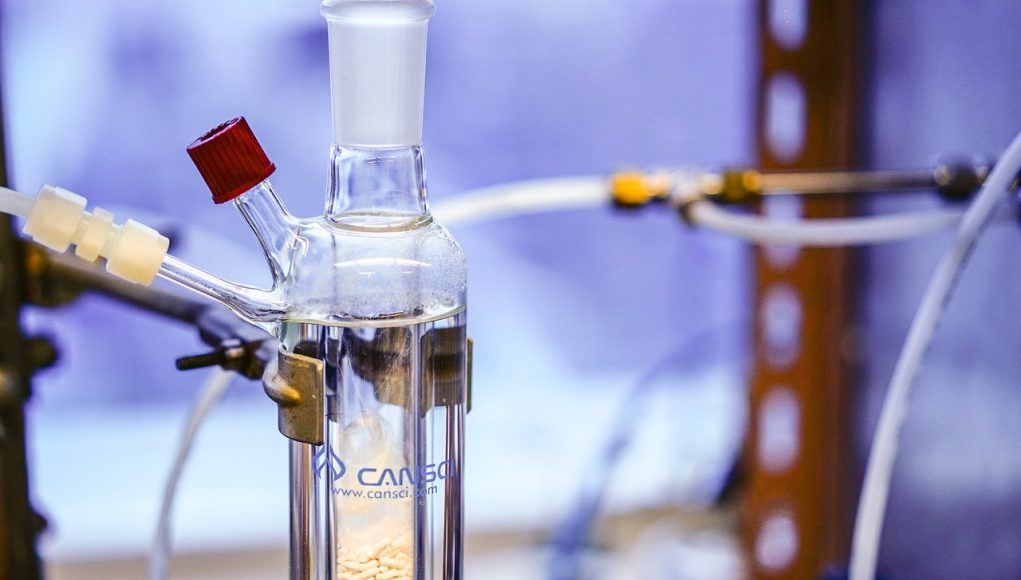“It is disappointing that FDA appears willing to shelve this critically important solution instead of working towards specific regulatory actions that could result in significant public health benefits,” wrote Pallone to FDA Commissioner Stephen Hahn. Pallone and bill co-sponsor Rep. Donna Shalala (D-Fla.) did not include specific nicotine caps in their bill because they want the FDA to set the limit it considers appropriate.
Matthew Myers, president of the Campaign for Tobacco-Free Kids, said that the administration is missing out on a golden opportunity to combat teen vaping by not setting in place nicotine limits. “Scott Gottlieb left, and he was the one who was clearly running the political interference for it,” said Myers. “The political decision makers took over.”
The downside of setting nicotine caps
Public health experts have long been pointing out that setting nicotine caps on safer alternatives such as vaping products would have a detrimental effect on national smoking rates, pushing former smokers who had switched to go back to smoking. And data from the Uk, where a limit was set by the EU TPD have confirmed these predictions.
Additionally, civil rights organizations including the ACLU are arguing against the proposed bill and urging lawmakers to drop the idea, saying that amongst other things it would disproportionately weigh on black communities.
Moreover, health entities across the EU are troubled by the nicotine cap in place. In fact, experts in the UK are concerned, as despite the fact that Public Health England has openly endorsed the safer alternatives as smoking cessation tools, the number of smokers switching per year has dropped from 800,000 to 100,000.
Decreased nicotine in e-cigs makes former smokers vape more
Additionally, a 2018 study had confirmed that reducing nicotine levels in e-cigarettes, may lead to vapers using their devices more intensely, and therefore increase their exposure to toxins.
“The results of our study suggest that smokers who want to switch to vaping may be better to start with higher, rather than lower, nicotine levels to reduce compensatory behaviour and the amount of e-liquid used.”
Researchers from London South Bank University, had studied the behaviour of 20 vapers and found that those using low nicotine e-liquid in their devices not only puffed more deeply and more frequently, but also increased the power of their vaping devices when possible.
“Use of a lower nicotine concentration e‐liquid may be associated with compensatory behaviour (e.g., higher number and duration of puffs) and increases in negative affect, urge to vape, and formaldehyde exposure,” concluded the study.
“The results of our study suggest that smokers who want to switch to vaping may be better to start with higher, rather than lower, nicotine levels to reduce compensatory behaviour and the amount of e-liquid used.”
Ex-smokers should not start with low-nicotine NRTs
The researchers had added that despite this ‘compensatory’ behaviour, the participants who used low nicotine were still unable to obtain a satisfying level of nicotine. To this effect, lead study author Dr. Lynne Dawkins had concluded that ex-smokers should refrain from starting off with low levels of nicotine, as it makes them vulnerable to relapse.
Read Further: Politico








